Archives
- 2018-07
- 2018-10
- 2018-11
- 2019-04
- 2019-05
- 2019-06
- 2019-07
- 2019-08
- 2019-09
- 2019-10
- 2019-11
- 2019-12
- 2020-01
- 2020-02
- 2020-03
- 2020-04
- 2020-05
- 2020-06
- 2020-07
- 2020-08
- 2020-09
- 2020-10
- 2020-11
- 2020-12
- 2021-01
- 2021-02
- 2021-03
- 2021-04
- 2021-05
- 2021-06
- 2021-07
- 2021-08
- 2021-09
- 2021-10
- 2021-11
- 2021-12
- 2022-01
- 2022-02
- 2022-03
- 2022-04
- 2022-05
- 2022-06
- 2022-07
- 2022-08
- 2022-09
- 2022-10
- 2022-11
- 2022-12
- 2023-01
- 2023-02
- 2023-03
- 2023-04
- 2023-05
- 2023-06
- 2023-07
- 2023-08
- 2023-09
- 2023-10
- 2023-11
- 2023-12
- 2024-01
- 2024-02
- 2024-03
- 2024-04
- 2024-05
- 2024-06
- 2024-07
- 2024-08
- 2024-09
- 2024-10
- 2024-11
- 2024-12
- 2025-01
- 2025-02
- 2025-03
- 2025-04
- 2025-09
- 2025-10
-
On the other hand there
2025-03-01

On the other hand, there were only a few cases that expressed DA2R in our study. Additionally, in the cases whose ACTH-secreting pituitary adenomas expressed DA2R, the ratio of positive staining Triptolide was very low. This suggests that dopamine agonists may be less effective in canine Cushing's
-
Hypoxia of the adipose tissue
2025-03-01
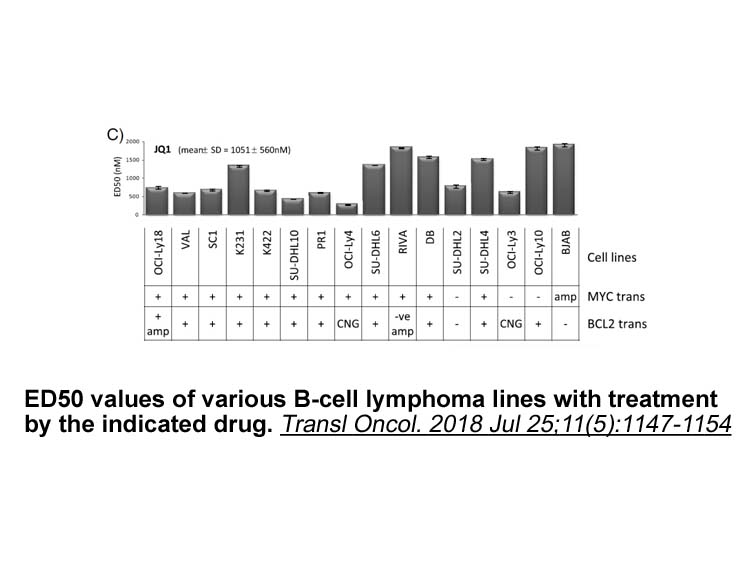
Hypoxia of the adipose tissue is a key step in the inflammatory response linked to obesity and contributes to accelerated tumor progression in the obese population (Rosenow et al., 2013). Intermittent hypoxia exposure induces a 2.2-fold increase in the infiltration of tumor-associated macrophages an
-
Researchers demonstrated that mitochondria are the main prod
2025-03-01
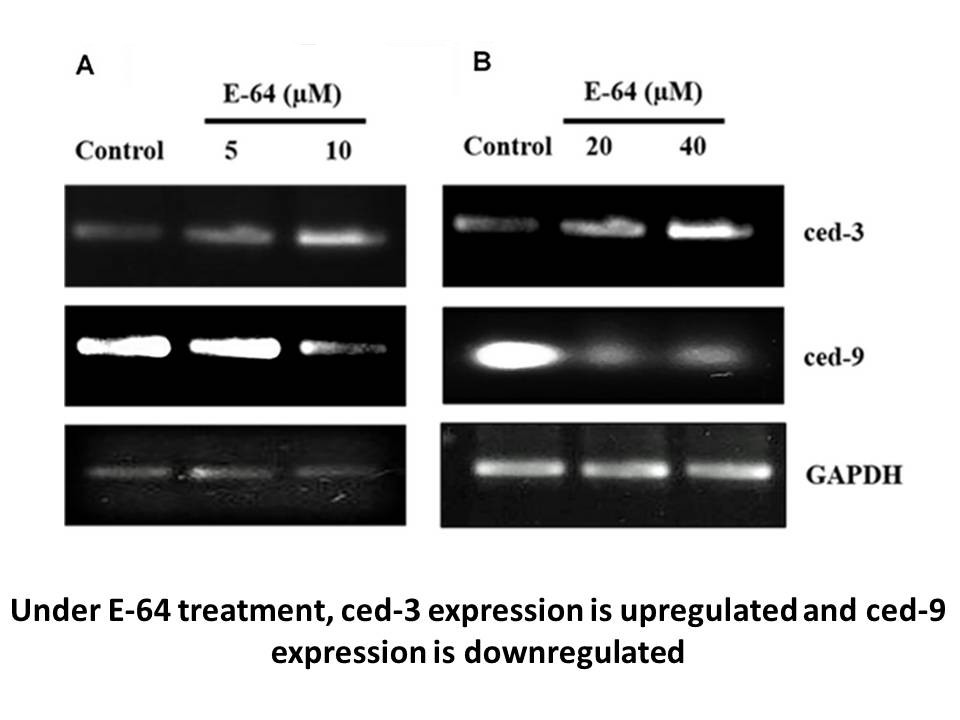
Researchers demonstrated that mitochondria are the main producers of ROS and are the most sensitive to the effects of ROS. Mitochondria-mediated apoptosis may not be limited to the role of cytochrome c in the activation of caspase-3 and ROS may provide an alternate mitochondrial signaling pathway (H
-
Therefore a number of homoisoflavonoids may be designed in
2025-03-01
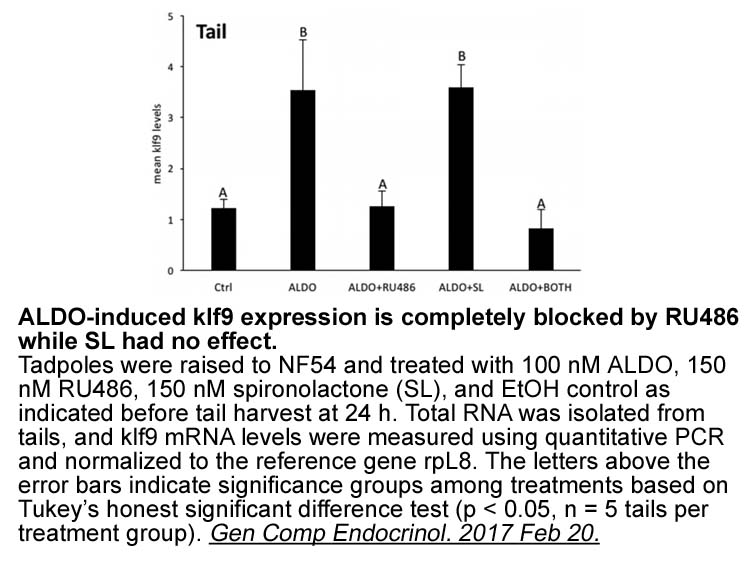
Therefore, a number of homoisoflavonoids may be designed in future that may be effective against angiogenesis for treating ocular neovascularization. As this Riluzole current study deals with robust molecular modeling techniques on SH-11037 (cpd 15) and related homoisoflavonoids and SH-11037 has ga
-
br Conclusions and perspectives In view of
2025-03-01
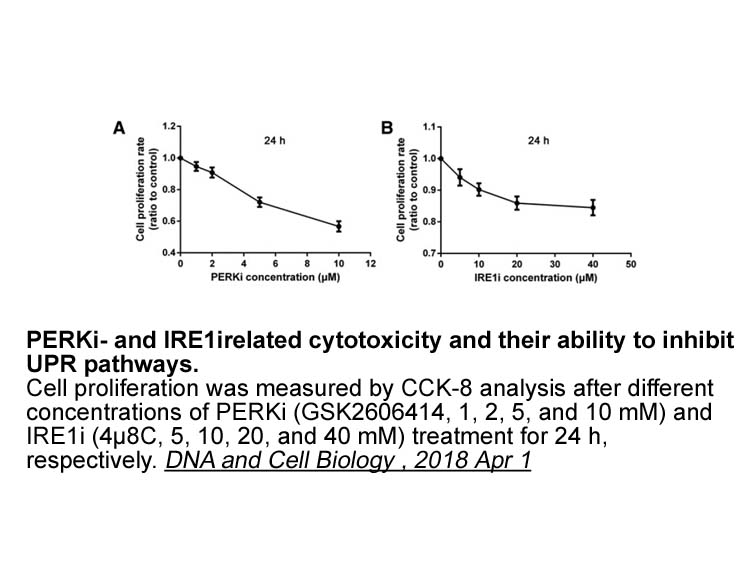
Conclusions and perspectives In view of the evidences supporting that hydroxychloroquine sulfate MAS receptors mediate the effects of AT1 antagonists (Iwai et al., 2012, Ohshima et al., 2014, Pernomian et al., 2015, Schuchard et al., 2015), the prime targets from the perspectives on future direc
-
br Experimental section br Introduction NMDA receptor induce
2025-03-01
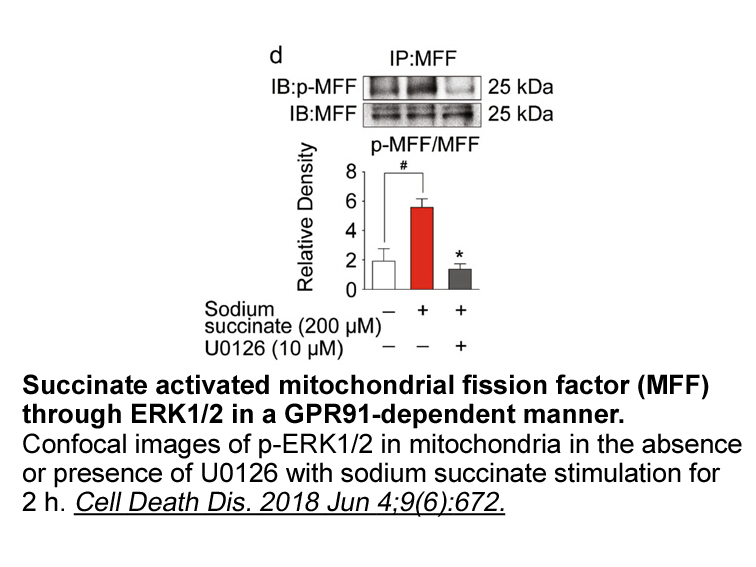
Experimental section Introduction NMDA receptor-induced increases in AMPAR trafficking to the synaptic surface mediates changes in synaptic efficacy in a number of AZ 628 regions (Shi et al., 1999, Sun et al., 2005, Frenkel et al., 2006). While this process has been linked to the regulated ins
-
br Materials and met http www apexbt com media diy
2025-03-01
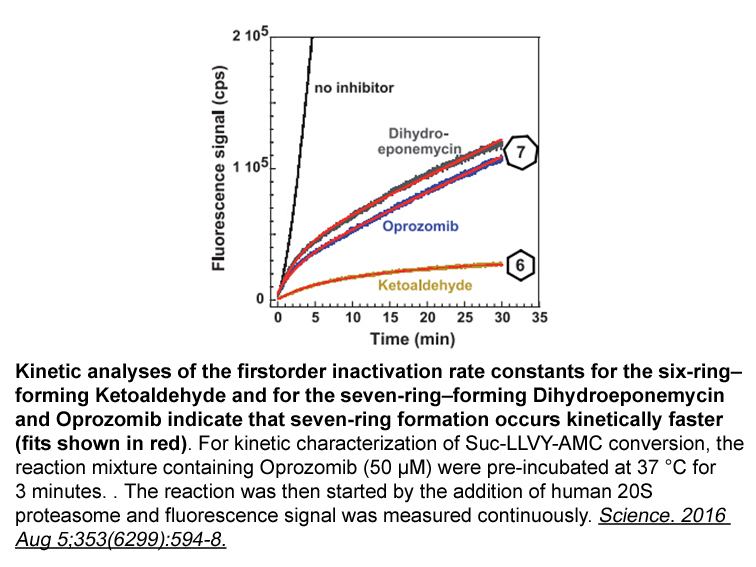
Materials and methods Results The values for body weight are shown in Fig. 1. Body weight was measured every day. The body weight of the young mice in the control (i.e. no-stress) group was not significantly different from that of the young mice in the stress group. However, the middle-aged mi
-
Imaging QTL studies may have
2025-03-01
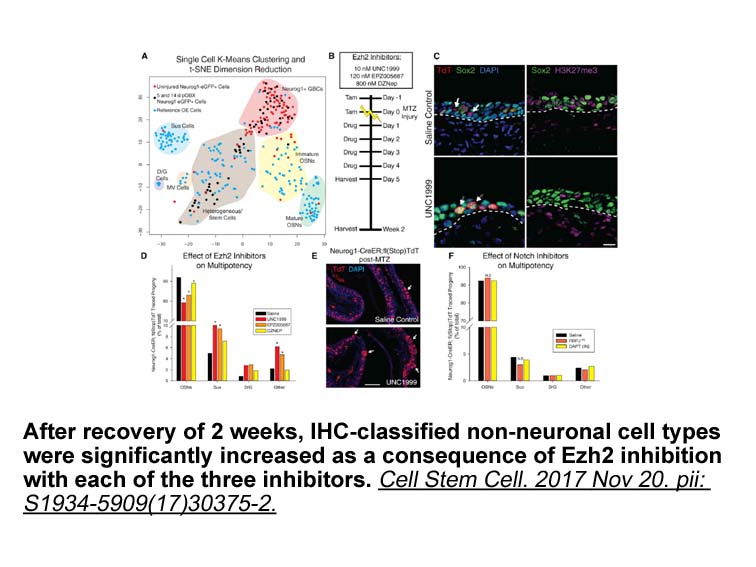
Imaging QTL studies may have several potential advantages over case-control studies, including increased power . Imaging endophenotypes of disease in QTL studies can separate patients and normal subjects more accurately and therefore limit the confound of including asymptomatic subjects in the contr
-
BX-912 Tephrosia purpurea Linn pers Fabaceae a
2025-03-01
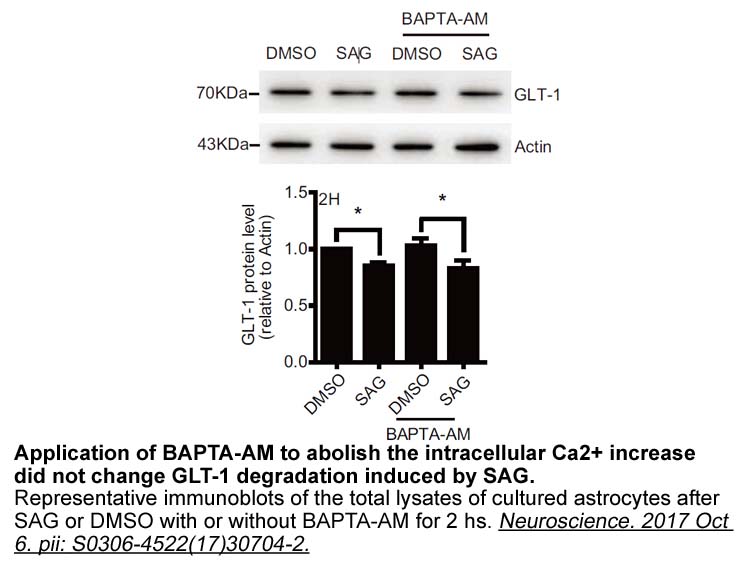
Tephrosia purpurea (Linn.) pers, (Fabaceae), a widely growing herbaceous perennial is reported to exhibit significant anti-hyperglycemic activity in animal models [7], [8], [9] as well as able to delay the development of diabetic complications [10], [11]. Recently, we have reported T. purpurea for i
-
Atypically BcALDH has a minor reducing activity for all tran
2025-03-01
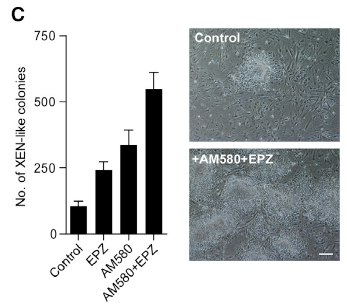
Atypically, BcALDH has a minor reducing activity for all-trans-retinal, which requires the binding of the reduced form of the NADP+ (NADPH) cofactor that is a side-product of the canonical oxidation activity of BcALDH. The reduction activity that converts all-trans-retinal to all-trans-retinol was r
-
br KYN Acts on AhR To
2025-03-01
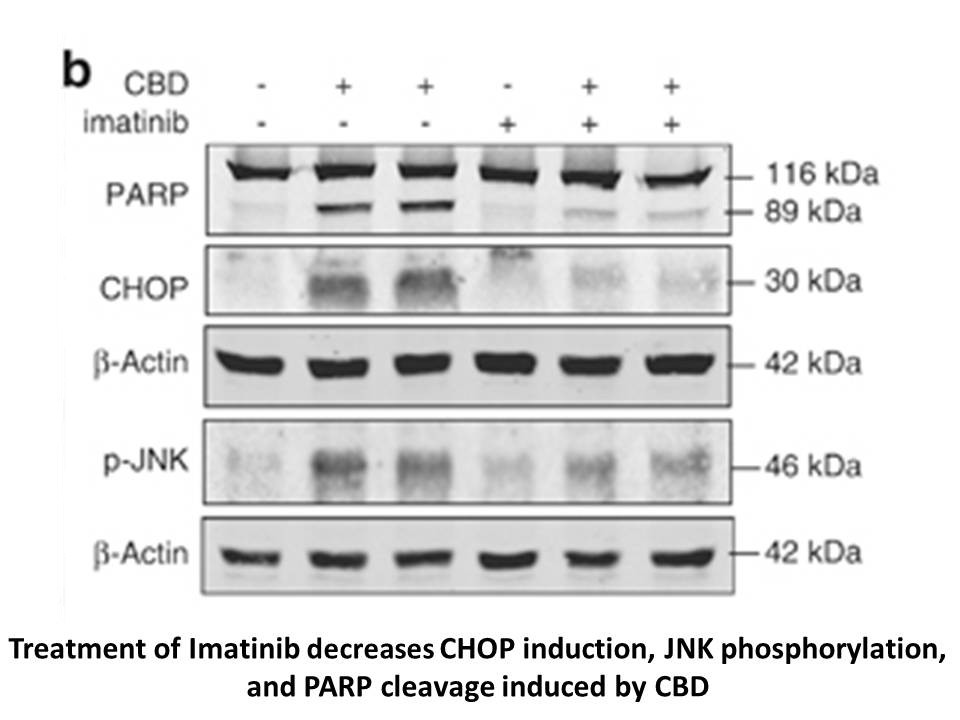
KYN Acts on AhR To Induce Tolerogenic Immunity IDO1 and TDO2 are intracellular heme-containing metalloproteins that catalyze the committing and rate-limiting step of the KYN pathway (KP) that converts the essential amino gibco geneticin tryptophan to a series of biologically active second metabo
-
We found that several anticancer drugs inhibit HT receptor
2025-03-01

We found that several anticancer drugs inhibit 5-HT3 perindopril erbumine current in vitro. Several studies have suggested that 5-HT3 receptor antagonists have anti-mitogenic and apoptotic effects on colorectal and breast cancer cell lines (Ataee et al., 2010, Hejazi et al., 2015). Irinotecan is us
-
In the isolated right atrium activation of
2025-03-01
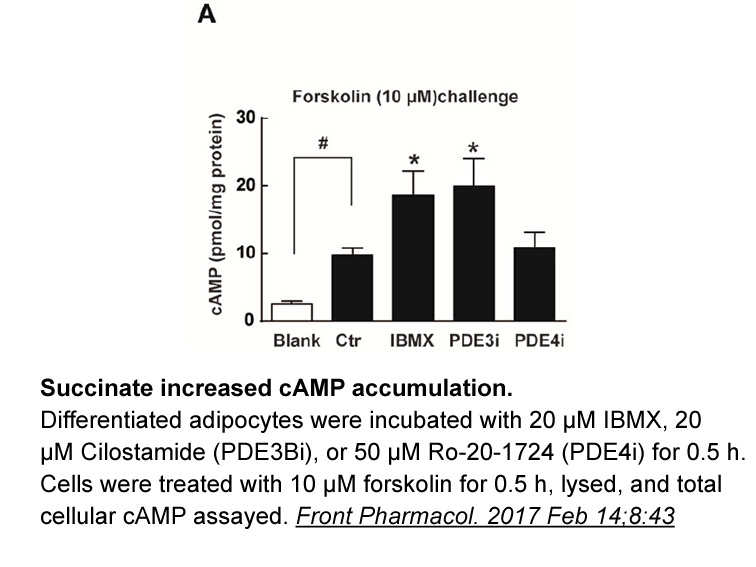
In the isolated right atrium, activation of muscarinic receptors and adenosine receptors may block the generation of action potentials in the sinoatrial node, inducing cardiac arrest (Fig. 1, Fig. 2, Fig. 3, Fig. 4, Fig. 5) (Camara et al., 2015, Campbell et al., 1989). Physiologically, this conditio
-
It is well known that the
2025-03-01
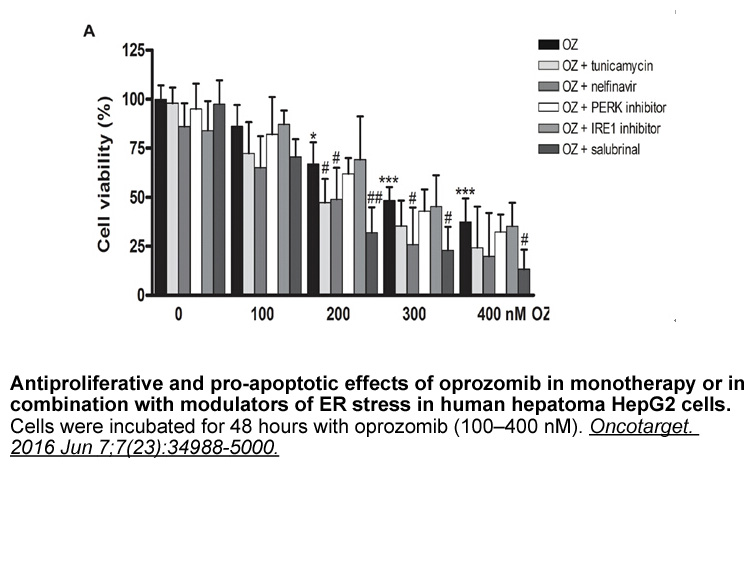
It is well known that the thymus plays an important function in the complex pathogenesis and perpetuation of MG. We compared resistin levels between patients with MG with or without thymoma and found that those with thymoma had higher levels than those without thymoma. It has been previously recogni
-
During the year study period of men
2025-02-28
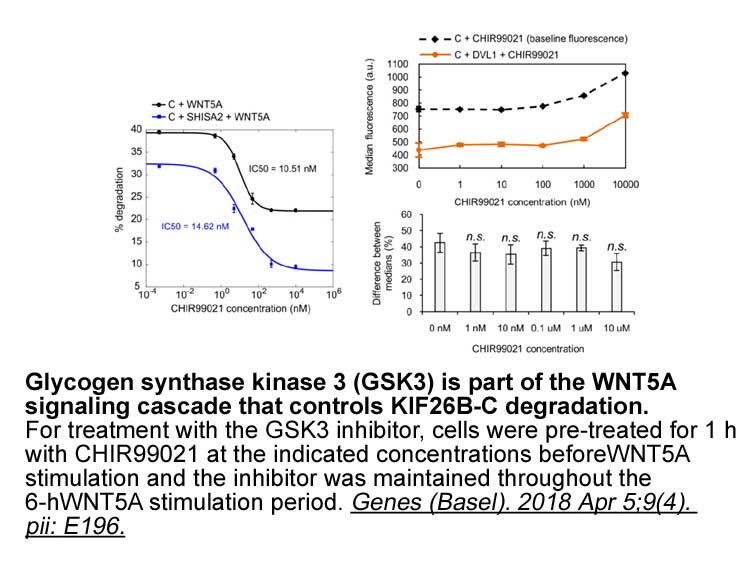
During the 4-year study period, 19.9% of men in the dutasteride group developed prostate cancer as compared to 25.1% in the placebo group, which represents an absolute risk PF 04418948 of 5.1% for men taking dutasteride (P tumors having Gleason scores of 5–6. During the first two years of the study,